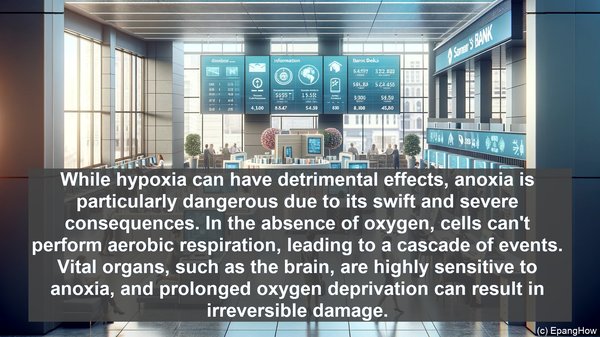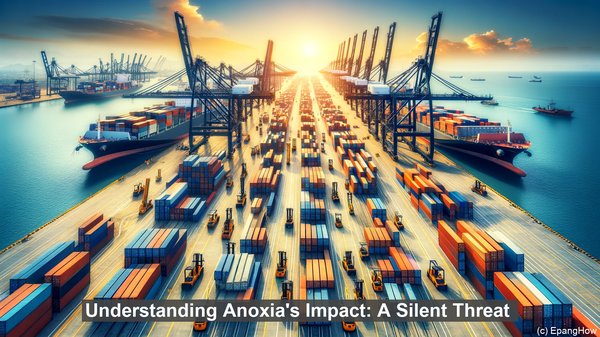Introduction: The Oxygen Paradox
Hello, everyone! Have you ever wondered about the crucial role oxygen plays in our lives? It’s fascinating how something so vital can also be potentially harmful. Today, we’ll explore the intricacies of oxygen deprivation and the contrasting concepts of anoxia and hypoxia.

Defining Anoxia: The Total Oxygen Absence
Let’s start with anoxia. It refers to a complete absence of oxygen in a given environment. Whether it’s a confined space or a body of water, anoxia can occur, leading to severe consequences. For instance, in aquatic ecosystems, anoxia can result in fish kills and the formation of dead zones.
Hypoxia: Insufficient Oxygen Levels
On the other hand, hypoxia signifies a condition where there is a reduced level of oxygen. It’s a relatively more common occurrence, and it can affect both natural environments and living organisms. In the human body, hypoxia can arise due to various factors, such as high altitudes or respiratory disorders.
Types of Hypoxia: A Spectrum of Causes
Hypoxia isn’t a one-size-fits-all term. In fact, it encompasses several types, each with its own underlying cause. For example, there’s hypoxic hypoxia, which can arise from inadequate oxygen intake or impaired lung function. Another type is anemic hypoxia, where the blood’s oxygen-carrying capacity is reduced, often due to a decrease in red blood cells or their functionality.
Understanding Anoxia’s Impact: A Silent Threat
While hypoxia can have detrimental effects, anoxia is particularly dangerous due to its swift and severe consequences. In the absence of oxygen, cells can’t perform aerobic respiration, leading to a cascade of events. Vital organs, such as the brain, are highly sensitive to anoxia, and prolonged oxygen deprivation can result in irreversible damage.
Hypoxia’s Varied Effects: From Acute to Chronic
Hypoxia, depending on its duration and severity, can manifest in different ways. Acute hypoxia, which occurs suddenly, can lead to symptoms like shortness of breath, confusion, and even loss of consciousness. Chronic hypoxia, on the other hand, develops gradually, often due to underlying health conditions, and can have long-term implications.

Preventing and Managing Oxygen Deprivation
Given the potential risks associated with anoxia and hypoxia, it’s crucial to take preventive measures. In certain industries, for example, continuous monitoring of oxygen levels is essential to ensure worker safety. In healthcare, oxygen therapy is a common approach to manage hypoxia and improve oxygenation.
